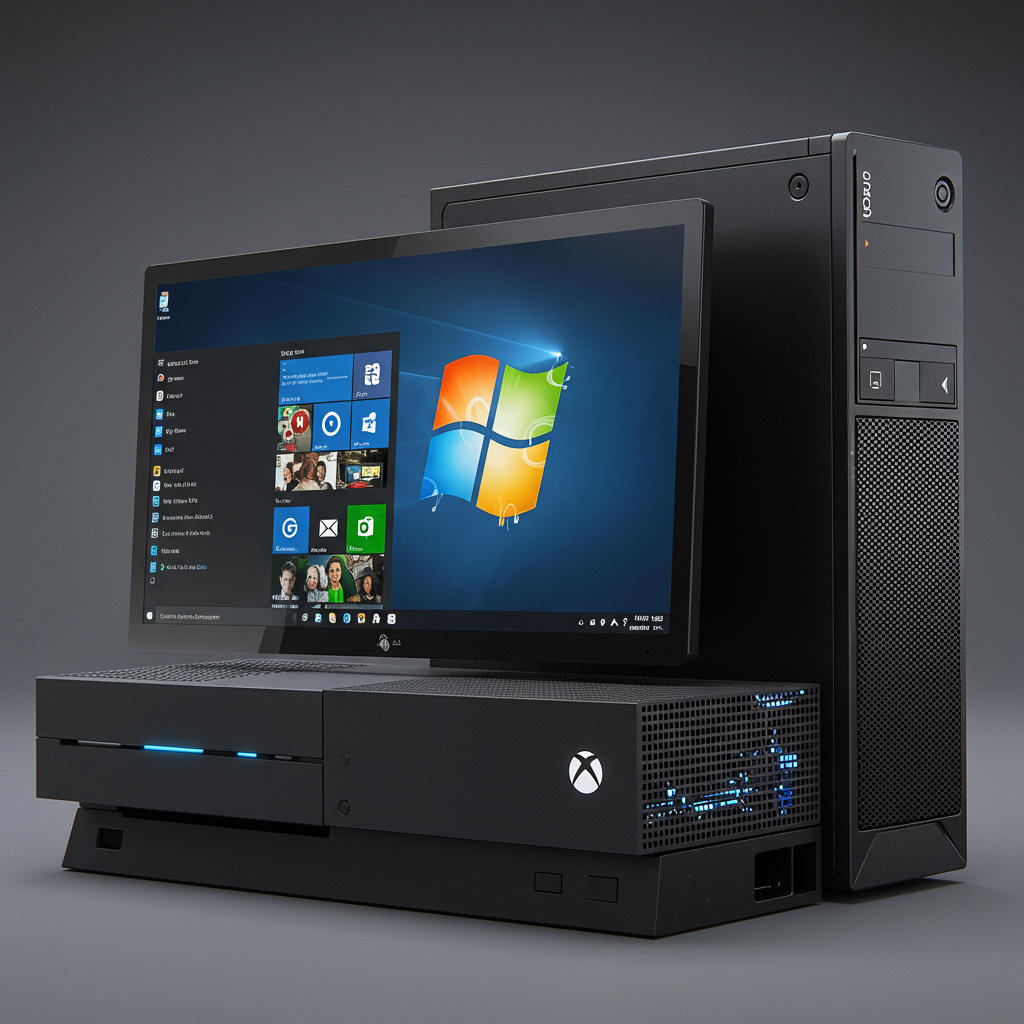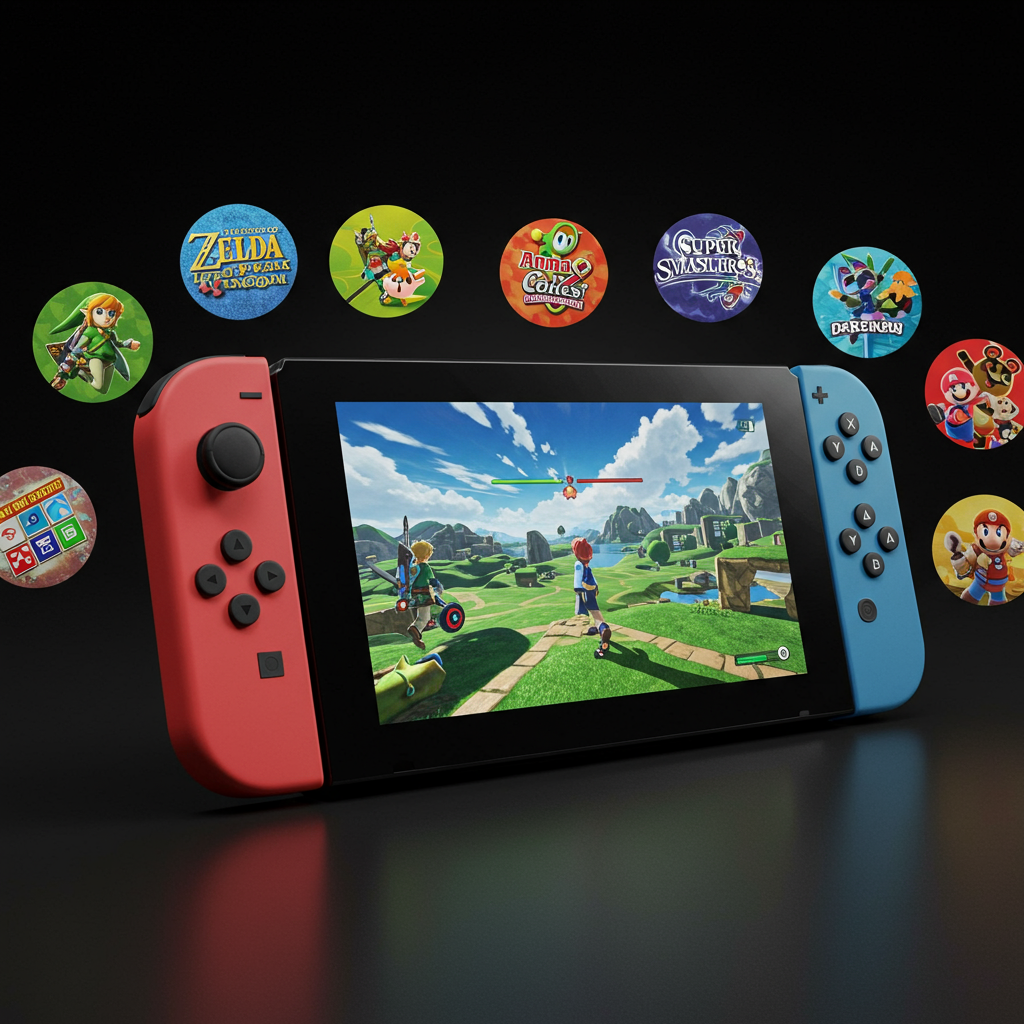The gaming world is buzzing with an unexpected move from Nintendo. Effective August 3, 2025, the company has implemented significant price increases across its original Nintendo Switch console lineup and various accessories in the U.S. market. This decision comes despite the successful launch and increasing availability of the next-generation Nintendo Switch 2. For many consumers, this makes the older models a far less appealing purchase. Understanding these changes is crucial for anyone considering a new Nintendo console.
The Unprecedented Price Adjustments Unveiled
Nintendo’s recent announcement has sent ripples through the gaming community. For the first time since its 2017 release, the original Nintendo Switch is getting a price bump. This isn’t just a minor adjustment; it impacts nearly all first-generation Switch models and a range of vital accessories. Nintendo cites “market conditions” as the primary driver for these changes. However, the timing is certainly raising eyebrows among industry analysts and gamers alike.
Here’s a clear breakdown of the price hikes:
Original Nintendo Switch: Increases from $299.99 to $339.99 (a $40 jump).
Nintendo Switch – OLED Model: Jumps from $349.99 to $399.99 (a $50 increase).
Nintendo Switch Lite: Rises from $199.99 to $229.99 (a $30 hike).
Beyond the consoles themselves, several accessories are also seeing price increases:
Nintendo Sound Clock: Alarmo: Now $109.99, up from $99.99.
Joy-Con 2 Controllers: Increasing from $94.99 to $99.99.
Switch 2 Pro Controller: Officially set to $89.99, up from $85.
- Older Console Controllers: Price adjustments also apply to NES, SNES, N64, and SEGA Genesis controllers, as well as other Switch Online-exclusive peripherals.
- www.tomshardware.com
- www.ainvest.com
- www.inkl.com
- www.tomshardware.com
- www.inkl.com
It’s important to note what remains unchanged. The price of the powerful Nintendo Switch 2 console itself is unaffected, staying at $449.99. Similarly, the cost of game titles for both Switch generations and Nintendo Switch Online memberships will not increase at this time. However, Nintendo has cautioned that “price adjustments may be necessary in the future,” leaving some uncertainty.
Why the Hike? Unpacking Nintendo’s Rationale
This move by Nintendo is highly unusual for the video game industry. Typically, when a company releases a next-generation console, it reduces the price of its older models to clear inventory and encourage upgrades. Nintendo’s decision to do the opposite — raising prices on its successful, but aging, hardware — defies conventional wisdom. This makes the situation particularly intriguing for market observers.
While Nintendo vaguely attributes the hikes to “market conditions,” speculation points towards broader economic factors. A significant theory links these price increases to the uncertainty surrounding tariffs. Specifically, President Trump’s executive order imposing new tariffs on products from various countries, including Vietnam, is a strong candidate. Nintendo has significantly shifted its production operations to Vietnam. This suggests a direct correlation between the tariffs and the increased manufacturing costs.
The fact that Canada has also experienced similar price increases for the original Switch models further supports this economic interpretation. It indicates that the cause is likely a widespread cost pressure rather than a localized U.S. market issue. This broad impact suggests that these are not isolated adjustments but part of a larger, strategically calculated response to global economic shifts and supply chain dynamics.
The Value Shift: Switch 2 Gains Ground
The most compelling aspect of these price changes is how they fundamentally alter the value proposition of each console. After the increases, the most affordable original Switch option, the Lite, costs $229.99. The most expensive, the Switch OLED, approaches $400. Suddenly, the Nintendo Switch 2, priced at $449.99, looks like an undeniable bargain. For just $50 to $100 more, consumers can acquire a significantly more advanced system.
The Switch 2 offers a host of compelling advantages over its predecessor. It boasts much better performance, allowing for more detailed graphics and smoother gameplay. It also features a larger screen, enhancing the visual experience, though it foregoes the OLED panel found in the priciest original Switch model. A key technical upgrade is its support for microSD Express cards. While these are currently more expensive and can be harder to find, they offer superior performance and the ability to load games directly from the expansion slot, streamlining storage and access.
Crucially, the Nintendo Switch 2 is now readily available in the market. This marks a stark contrast to the infamous PlayStation 5 launch, which was plagued by supply shortages and rampant scalping. Nintendo has managed to ensure consistent stock for the Switch 2, making it easy for consumers to purchase one whenever they choose. This widespread availability, combined with its superior features and a surprisingly narrow price gap, makes the Switch 2 the overwhelmingly logical choice for new buyers. The console has already been a considerable success, having sold over 6 million units since its launch, even amidst early supply challenges.
Implications for Gamers and the Market
Nintendo’s strategic pricing move has clear implications for both consumers and the broader gaming market. For gamers, the decision calculus has shifted dramatically. The original Switch models, once compelling entry points, now offer diminished value compared to their next-gen counterpart. This virtually compels new buyers towards the more powerful and future-proof Switch 2. It’s a strategic push to accelerate the adoption of the newer hardware.
From an investor’s perspective, these price increases could influence demand for the older Switch consoles and their associated accessories. While the Switch 2’s strong performance and market position are highlighted as key to Nintendo’s overall strategy, a decline in sales for older hardware might affect revenue streams from those segments. However, the overarching goal appears to be funneling consumers to the higher-margin, more advanced system.
Despite Nintendo’s current assurances, some in the gaming community harbor concerns about potential future price increases for the Switch 2. The precedent set by raising prices on older models, combined with the general inflationary environment and ongoing tariff discussions, fuels these worries. Only time will tell if Nintendo maintains the Switch 2’s current competitive price point or makes further adjustments down the line. This situation underscores the dynamic nature of the console market, where economic forces and strategic decisions constantly shape consumer choices and company trajectories.
Frequently Asked Questions
What Nintendo Switch models and accessories are affected by the recent price increase?
Effective August 3, 2025, the original Nintendo Switch, Switch OLED Model, and Switch Lite consoles will see price hikes of $40, $50, and $30 respectively. Additionally, accessories like the Nintendo Sound Clock: Alarmo, Joy-Con 2 controllers, and the Switch 2 Pro Controller are also increasing in price. Older console-specific controllers for NES, SNES, N64, and SEGA Genesis, along with Switch Online-exclusive controllers, are also subject to these adjustments.
Where does the Nintendo Switch 2 stand in terms of availability and value after these changes?
The Nintendo Switch 2 console’s price remains unchanged at $449.99, making it an increasingly attractive option. It offers significantly better performance, a larger screen, and supports advanced microSD Express cards. Crucially, unlike previous console launches, the Switch 2 is readily available in the market, making it easy for consumers to purchase. Its superior features and widespread availability, combined with the increased cost of older models, positions the Switch 2 as the clear value leader.
Should I buy an original Nintendo Switch or a Switch 2 now given the price changes?
Given the recent price increases on original Nintendo Switch models and the stable price of the Nintendo Switch 2, investing in the Switch 2 is now the more logical and value-driven choice for most consumers. For a relatively small additional cost (ranging from $50 to $100 compared to the newly priced older models), you gain a next-generation console with improved performance, a larger display, and future-proof storage capabilities. The widespread availability of the Switch 2 also ensures you can purchase one without hassle.




